Related Research Articles

The cinema of Japan, also known domestically as hōga, has a history that spans more than 100 years. Japan has one of the oldest and largest film industries in the world; as of 2021, it was the fourth largest by number of feature films produced. In 2011, Japan produced 411 feature films that earned 54.9% of a box office total of US$2.338 billion. Films have been produced in Japan since 1897, when the first foreign cameramen arrived.
The Academy Award for Best Documentary Feature Film is an award for documentary films. In 1941, the first awards for feature-length documentaries were bestowed as Special Awards to Kukan and Target for Tonight. They have since been bestowed competitively each year, with the exception of 1946. Copies of every winning film are held by the Academy Film Archive.

Dame Vanessa Redgrave is an English actress. Throughout her career spanning over six decades, Redgrave has garnered numerous accolades, including an Academy Award, a Tony Award, two Primetime Emmy Awards and an Olivier Award, making her one of the few performers to achieve the Triple Crown of Acting. She has also received various honorary awards, including the BAFTA Fellowship Award, the Golden Lion Honorary Award, and an induction into the American Theatre Hall of Fame.
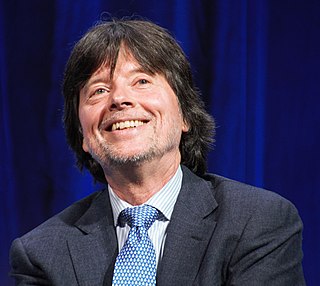
Kenneth Lauren Burns is an American filmmaker and historian known for his documentary films and television series, many of which chronicle American history and culture. His work is often produced in association with WETA-TV and/or the National Endowment for the Humanities and distributed by PBS.
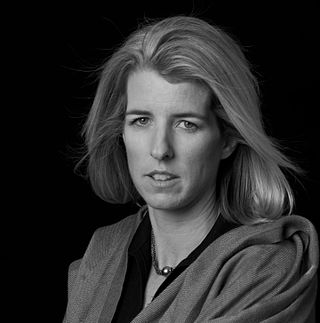
Rory Elizabeth Katherine Kennedy is an American documentary filmmaker. Kennedy has made documentary films that center on social issues such as addiction, her opposition to nuclear power, the treatment of prisoners-of-war, and the politics of the Mexican border fence. She is the youngest child of U.S. Senator Robert F. Kennedy and Ethel Skakel.
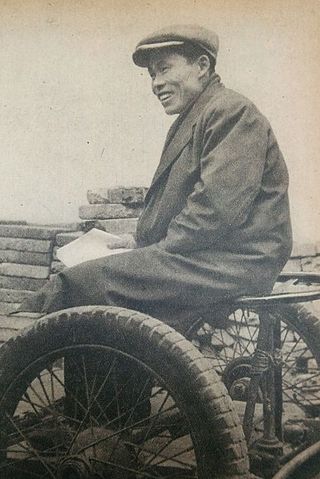
Kaneto Shindō was a Japanese film director, screenwriter, film producer, and writer, who directed 48 films and wrote scripts for 238. His best known films as a director include Children of Hiroshima, The Naked Island, Onibaba, Kuroneko and A Last Note. His screenplays were filmed by directors such as Kenji Mizoguchi, Kōzaburō Yoshimura, Kon Ichikawa, Keisuke Kinoshita, Seijun Suzuki, and Tadashi Imai.

Jacques d'Amboise was an American ballet dancer, choreographer, and educator. He joined the New York City Ballet in 1949 and was named principal dancer in 1953, and throughout his time with the company he danced 24 roles for George Balanchine. He also made film appearances, including Seven Brides for Seven Brothers and Carousel. He choreographed 17 ballets for the New York City Ballet and retired from performing in 1984.

Motoko Yano, better known as Machiko Kyō, was a Japanese actress who was active primarily in the 1950s. Considered one of Japan's first sex symbols and one of its greatest screen actresses, Kyō is best known for her critically acclaimed work with directors Akira Kurosawa, Yasujirō Ozu, Kenji Mizoguchi, Mikio Naruse, Kon Ichikawa, Teinosuke Kinugasa, Kōzaburō Yoshimura, Shirō Toyoda and Hiroshi Teshigahara, appearing in films such as Rashomon, Ugetsu, Gate of Hell, Street of Shame, Floating Weeds, Odd Obsession and The Face of Another.

Mel Stuart was an American film director and producer who often worked with producer David L. Wolper, at whose production firm he worked for 17 years, before going freelance.
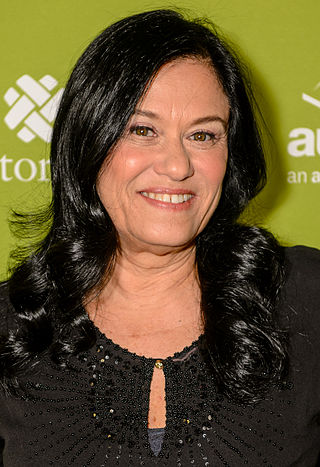
Barbara Kopple is an American film director known primarily for her documentary work. She is credited with pioneering a renaissance of cinema vérité, and bringing the historic french style to a modern American audience. She has won two Academy Awards, for Harlan County, USA (1977), about a Kentucky miners' strike, and for American Dream (1991), the story of the 1985–86 Hormel strike in Austin, Minnesota, making her the first woman to win two Oscars in the Best Documentary category.
Kenji Takama J.S.C. is a Japanese cinematographer. Takama is a member of the Japanese Society of Cinematographers.
Maurice Cloche was a French film director, screenwriter, photographer and film producer. Best known for his Oscar-winning film Monsieur Vincent (1947) he won a 1948 Special Academy Award for Best Foreign Language Film.
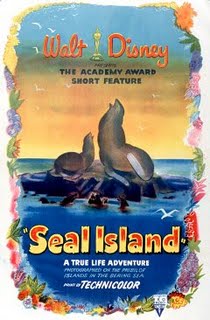
Seal Island is a 1948 American documentary film directed by James Algar. Produced by Walt Disney, it was the first installment of the True-Life Adventures series of nature documentaries. It won an Oscar in 1949 for Best Short Subject (Two-Reel).

A Chance to Live is a 1949 American short documentary film directed by James L. Shute, produced by Richard de Rochemont for Time Inc. and distributed by Twentieth Century-Fox. It is part of The March of Time series and portrays Monsignor John Patrick Carroll-Abbing building and running a Boys' Home in Italy.

So Much for So Little is a 1949 American animated short documentary film directed by Chuck Jones and Friz Freleng. In 1950, it won an Oscar at the 22nd Academy Awards for Documentary Short Subject, tying with A Chance to Live. It was created by Warner Bros. Cartoons for the United States Public Health Service. As a work of the United States Government, the film is in the public domain. The Academy Film Archive preserved So Much for So Little in 2005. Produced during the Harry S. Truman administration, it attained renewed relevance during the modern Medicare for All movement in the United States nearly seven decades later.
Flamenco at 5:15 is a 1983 short documentary film directed by Cynthia Scott, taking audiences inside a flamenco dance class at the National Ballet School of Canada. Produced by Studio D, the women's studio of the National Film Board of Canada, the film won an Oscar at the 56th Academy Awards in 1984 for Documentary Short Subject.

Summer Wars is a 2009 Japanese animated science fiction film directed by Mamoru Hosoda, produced by Madhouse, and distributed by Warner Bros. Pictures. The film's voice cast includes Ryunosuke Kamiki, Nanami Sakuraba, Mitsuki Tanimura, Sumiko Fuji, and Ayumu Saitō. The film tells the story of Kenji Koiso, a timid eleventh-grade math genius who is taken to Ueda by twelfth-grade student, Natsuki Shinohara to celebrate her great-grandmother's 90th birthday. However, he is falsely implicated in the hacking of a virtual world by a self-aware, sadistic artificial intelligence named Love Machine. Kenji must repair the damage done, and find a way to stop the rogue computer program from causing any further chaos.

Where Soldiers Come From is a 2011 American documentary film directed by Heather Courtney. The film is an intimate look at a group of young American men who join the Michigan Army National Guard, their families, and the town they come from. Director Heather Courtney follows these young men closely, as they transition from small town teenagers to Army guardsmen during the war in Afghanistan. Their story continues to follow the 23-year-old veterans dealing with the less visible wounds of Traumatic Brain Injury (TBI) and PTSD. It premiered at South by Southwest festival, where it won the best documentary editing award. In 2012, the film won a News & Documentary Emmy Award for Outstanding Continuing Coverage of a News Story, as well as the Truer Than Fiction Independent Spirit Award.
The Protestant Film Commission, also known as the Protestant Film Office, was an American film agency which promoted Protestant religious and moral values in Hollywood cinema. Representing 200,000 American Protestant churches with approximately 34 million members, the Commission was founded in 1945 as a consulting agency for Hollywood film scripts and also provided reviews and ratings for general-market Hollywood films.

Paul Frederic Heard was an American film producer, director, and scriptwriter of religious films. From 1946 to 1951 he served as executive director of the Protestant Film Commission, which produced short films for distribution to denominational churches across the United States and Canada. He then formed his own independent production house for religious films. His short film Kenji Comes Home (1949) was nominated for the Academy Award for Best Documentary Feature.
References
- ↑ "'Kenji Comes Home' Proves Potent Film". Valley Times. December 17, 1949. p. 17 – via Newspapers.com.

- ↑ "NY Times: Kenji Comes Home". Movies & TV Dept. The New York Times . 2011. Archived from the original on May 21, 2011. Retrieved November 7, 2008.
- ↑ "The 22nd Academy Awards (1950) Nominees and Winners". oscars.org. October 3, 2014. Retrieved May 30, 2019.